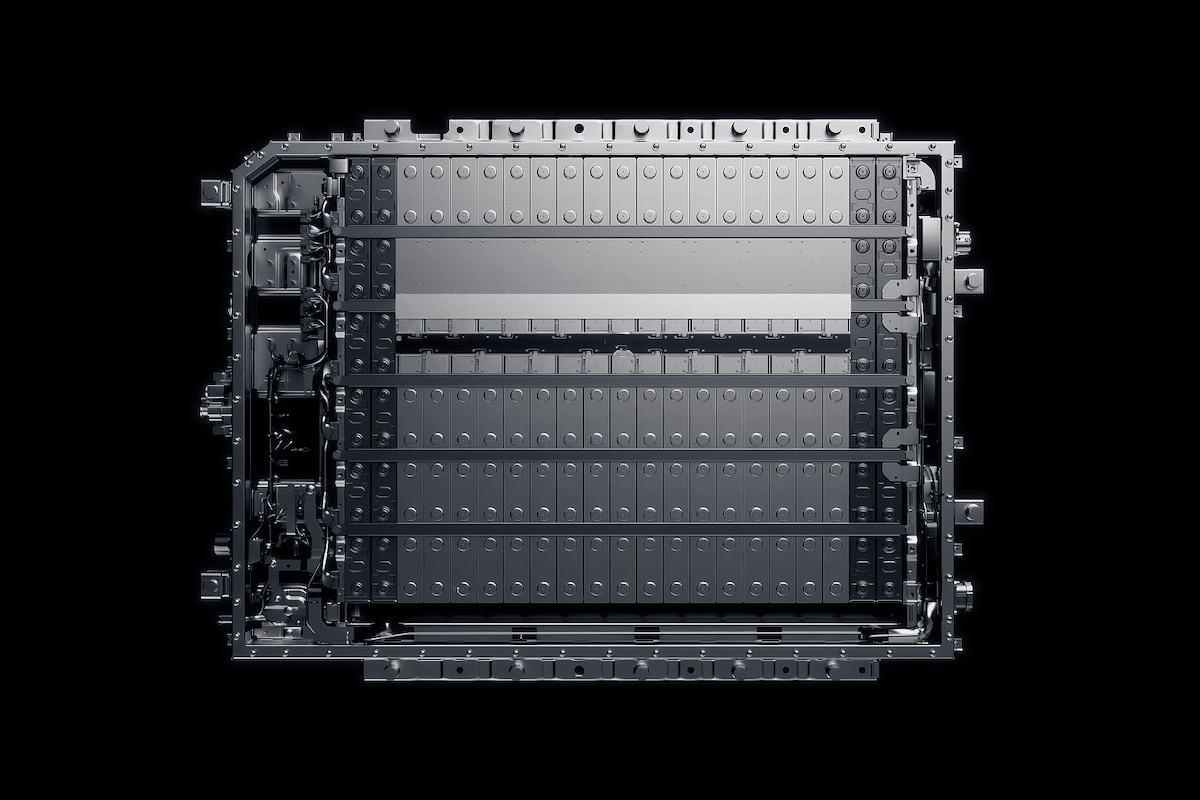CATL Battery: 1500 km Range, 520 km Charged in 5 Minutes

Battery manufacturer CATL has unveiled a 180 kWh battery capable of providing a range of 1500 km and 570 km charged in 5 minutes.
The Chinese battery giant CATL (Contemporary Amperex Technology Co. Limited) took advantage of its “Tech Day” event in Shanghai to reveal a series of innovations that could revolutionize the global electric vehicle industry. At the heart of these announcements: a record range of 1,500 km, ultra-fast charging offering 520 km in 5 minutes, and the start of mass production of sodium-ion batteries, which are more economical and less dependent on critical raw materials.
Unprecedented Range: 1500 km with Freevoy Dual Power
CATL introduced a new battery technology called Freevoy Dual Power, which promises a range exceeding 1,500 km on a single charge. This performance sets a new standard in the field, far surpassing current top models, including those from Tesla and Mercedes.
This technology is based on a dual-core architecture, dividing the battery into two independent energy zones: a primary for regular trips and a secondary for long-distance travel. Each core uses distinct cell materials optimized for either autonomy or performance, enabling remarkable energy density without compromising safety or efficiency.
520 km of range gained in only 5 minutes
Another spectacular innovation: the new generation Shenxing battery, flagship of CATL, enables unprecedented fast charging. The company claims it is now possible to recover 520 km of range in just 5 minutes.
For comparison:
- Tesla vehicles reach about 320 km of charge in 15 minutes;
- The new Mercedes-Benz electric CLA allows a charge of 325 km in 10 minutes;
- BYD’s 5C technology, the main Chinese competitor of CATL, adds 470 km in 5 minutes.
CATL claims its technology reaches a charging speed of 2.5 km per second, while maintaining a total range of 800 km over a full cycle with this new battery.
Sodium-ion: Toward mass production by 2025
In parallel, CATL has unveiled its second-generation sodium-ion battery, branded Naxtra. It will begin mass production in December 2025.
The announced features include:
- Up to 200 km of range for hybrid vehicles;
- Up to 500 km for fully electric vehicles.
Sodium-ion batteries are considered safer, cheaper, and more resistant to temperature variations than traditional lithium batteries. They do not require lithium, cobalt, or nickel, reducing dependence on critical materials largely controlled by China.
CATL presents this innovation as a strategic solution for energy sovereignty, reducing reliance on a single resource and paving the way for a “global energy freedom.”
Deployment in 2025 across over 67 models
CATL announces that its new Shenxing battery will be integrated into more than 67 vehicle models starting this year. The technology is already in partnership with several international manufacturers, and CATL indicates ongoing discussions with many others to also incorporate its sodium-ion batteries.
Technical director Gao Huan stated that this advancement involves no compromise on energy density, and called on the industry to collaborate to make these batteries the new standards for electric vehicles.
A seismic shift for the global automotive industry
With these innovations, CATL clearly positions itself at the forefront of the global electrification race, temporarily surpassing the ambitions of Western automakers such as Tesla, Mercedes-Benz, and Korean groups.
The current challenge: exporting these technologies outside China amid rising geopolitical tensions. If CATL succeeds in industrializing and mass deploying these batteries internationally, it could precipitate a historic acceleration in electric vehicle adoption.
ALSO READ: Is Tesla Model 3’s range secretly increased?
This page is translated from the original post "Batterie CATL : 1500 km d’autonomie, 520 km rechargés en 5 min" in French.
We also suggestthese articles:
Also read





